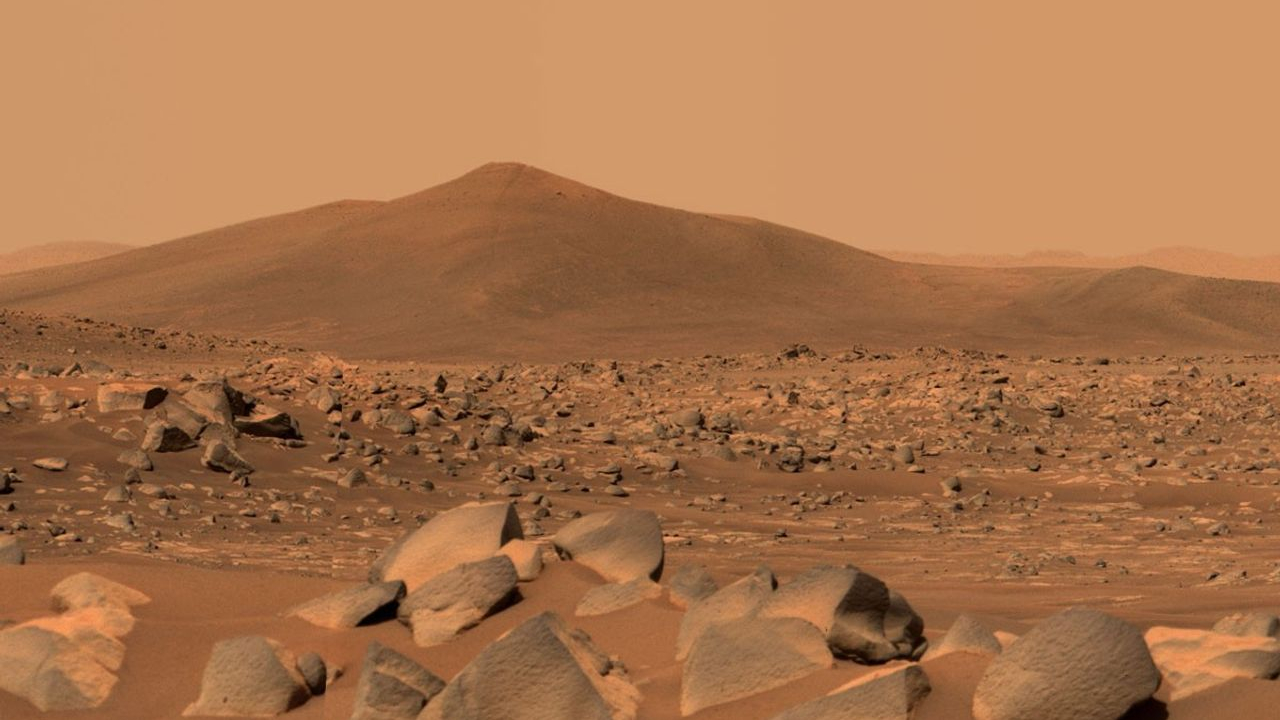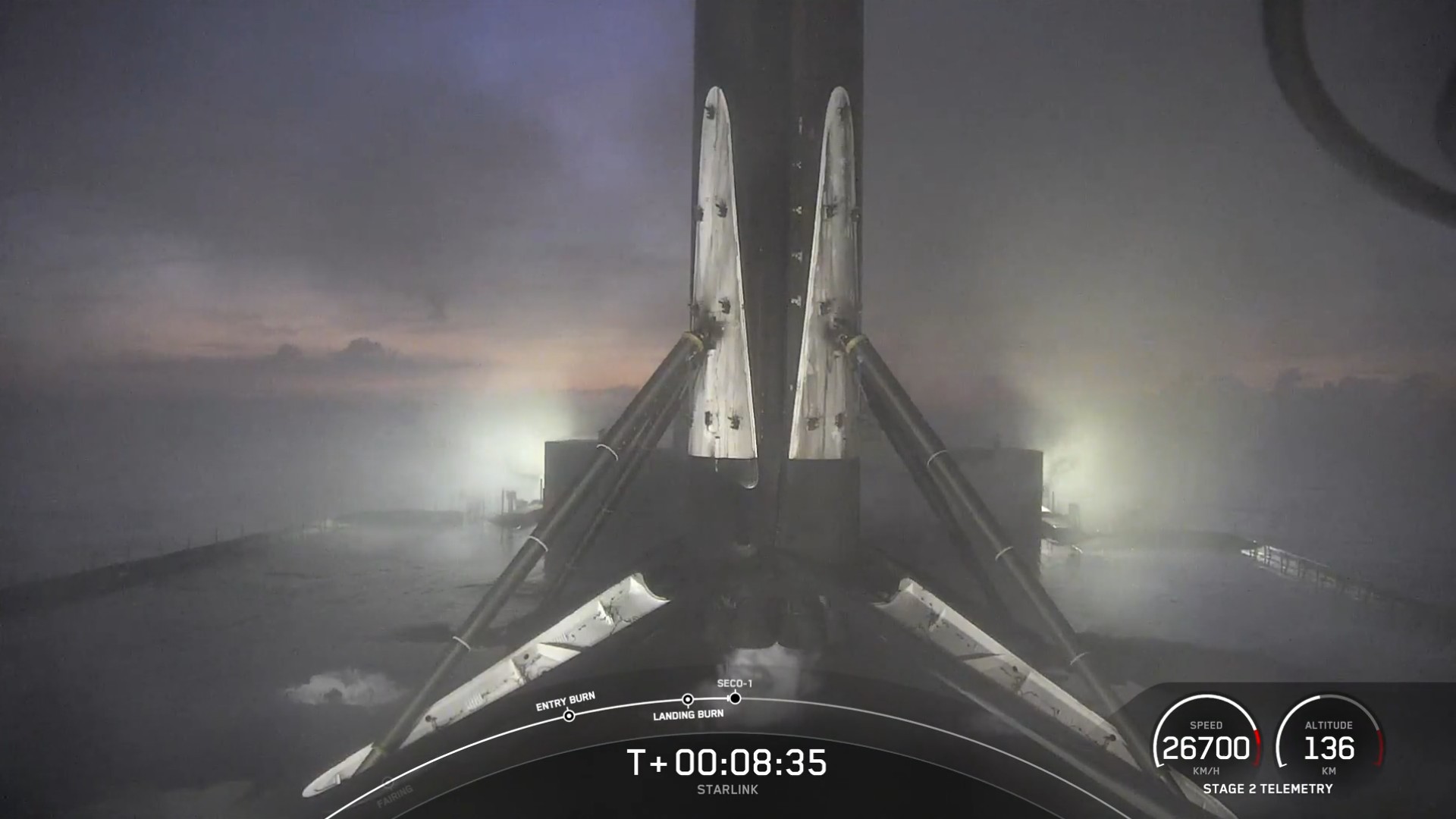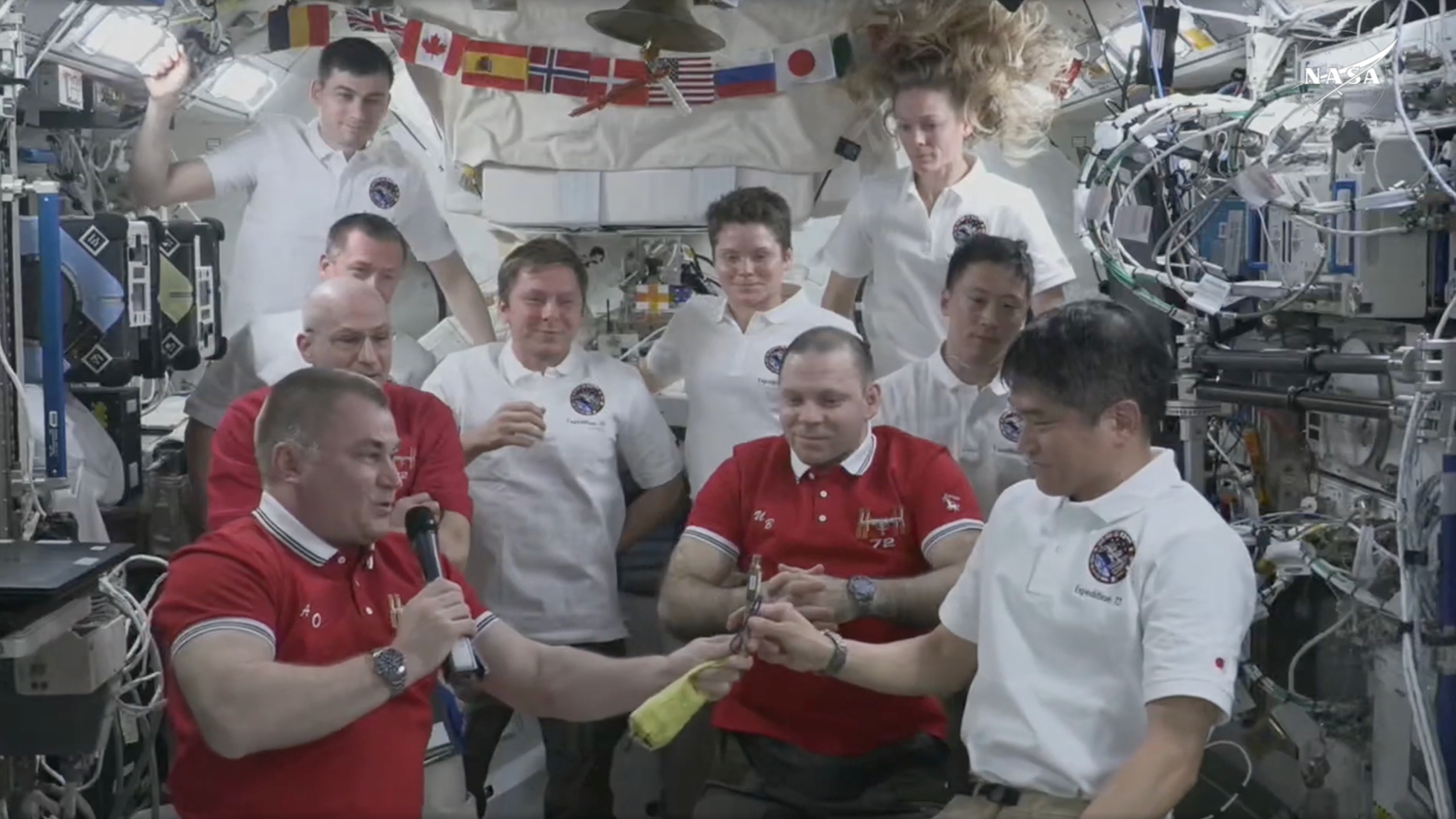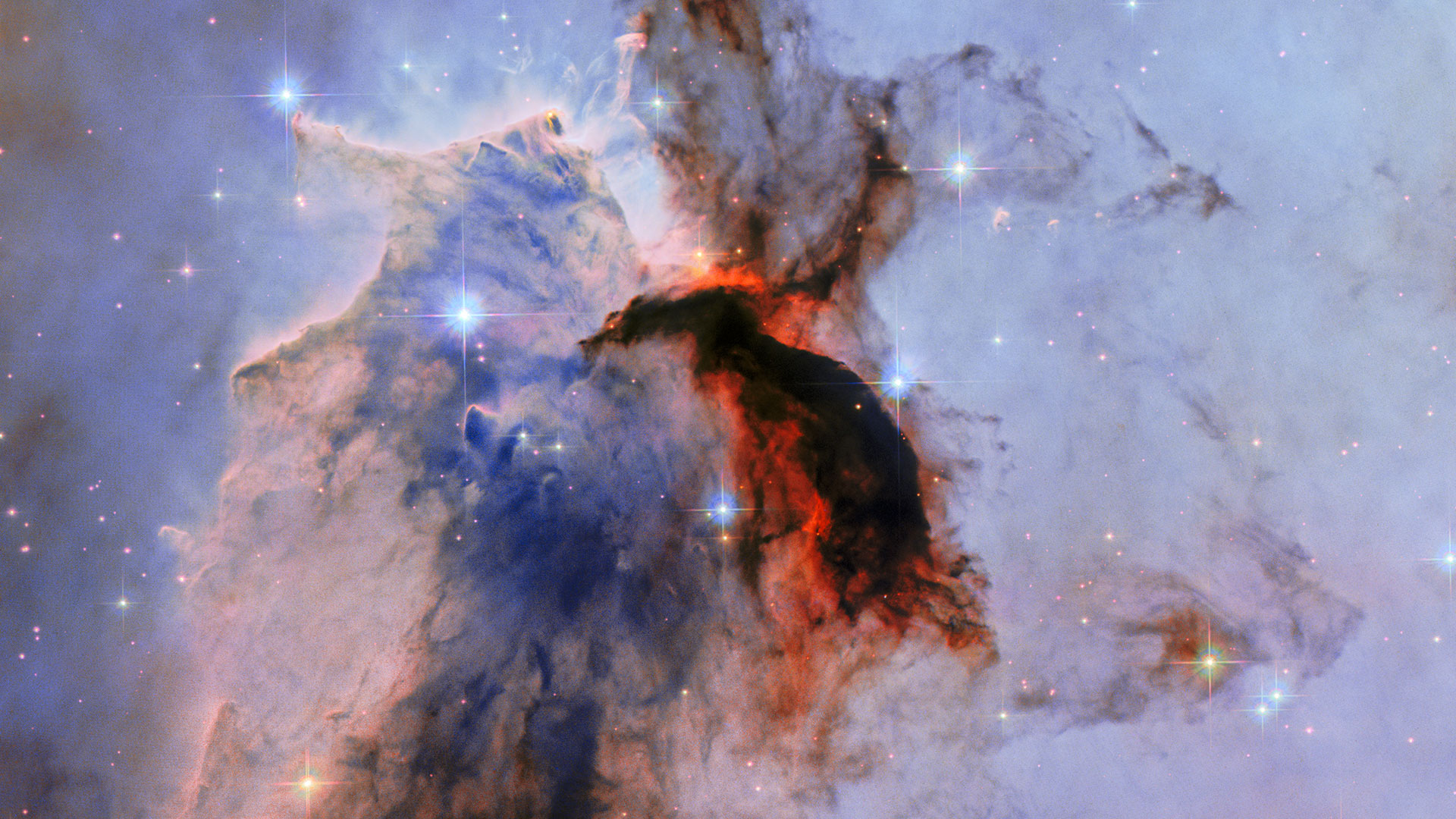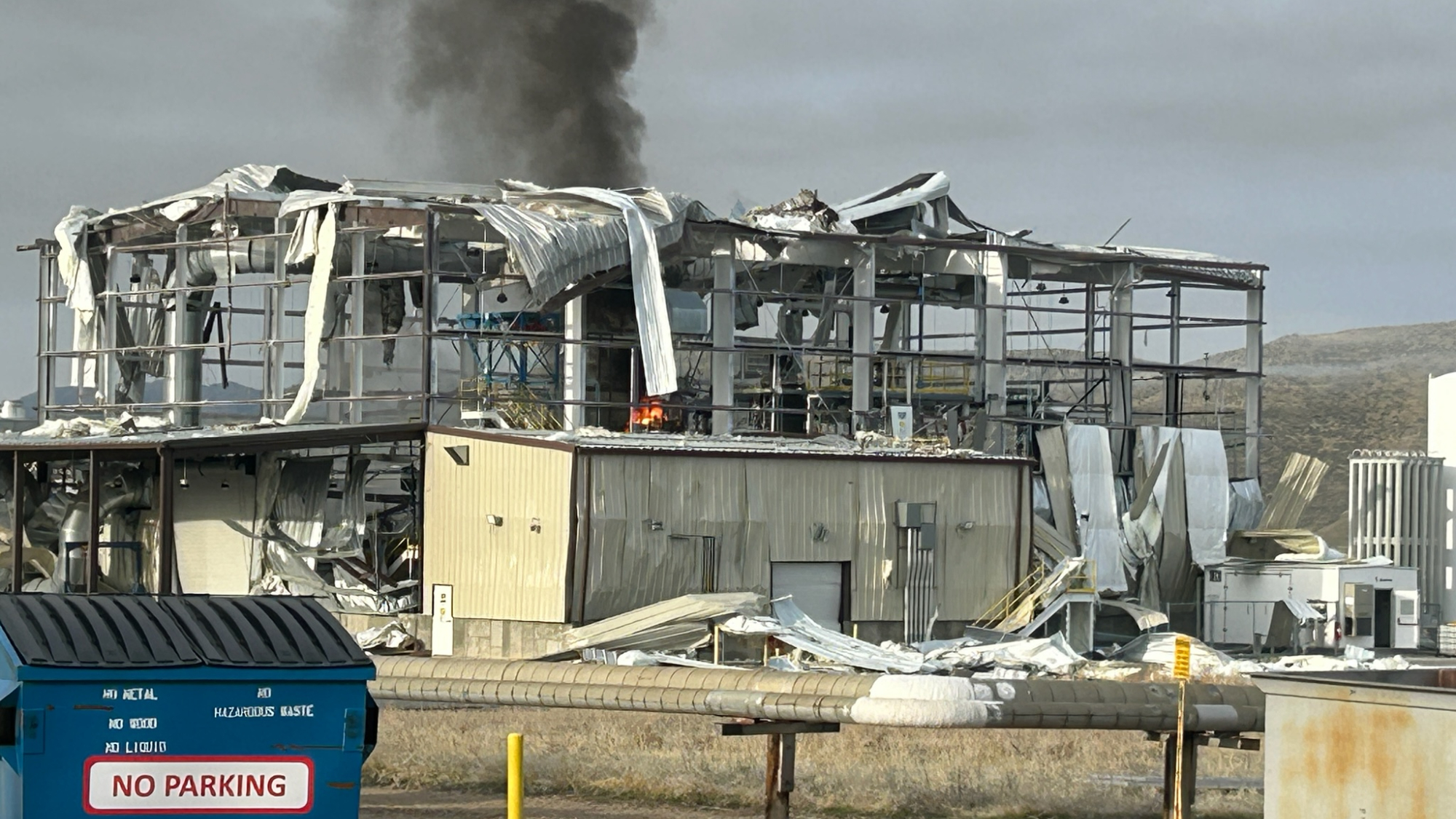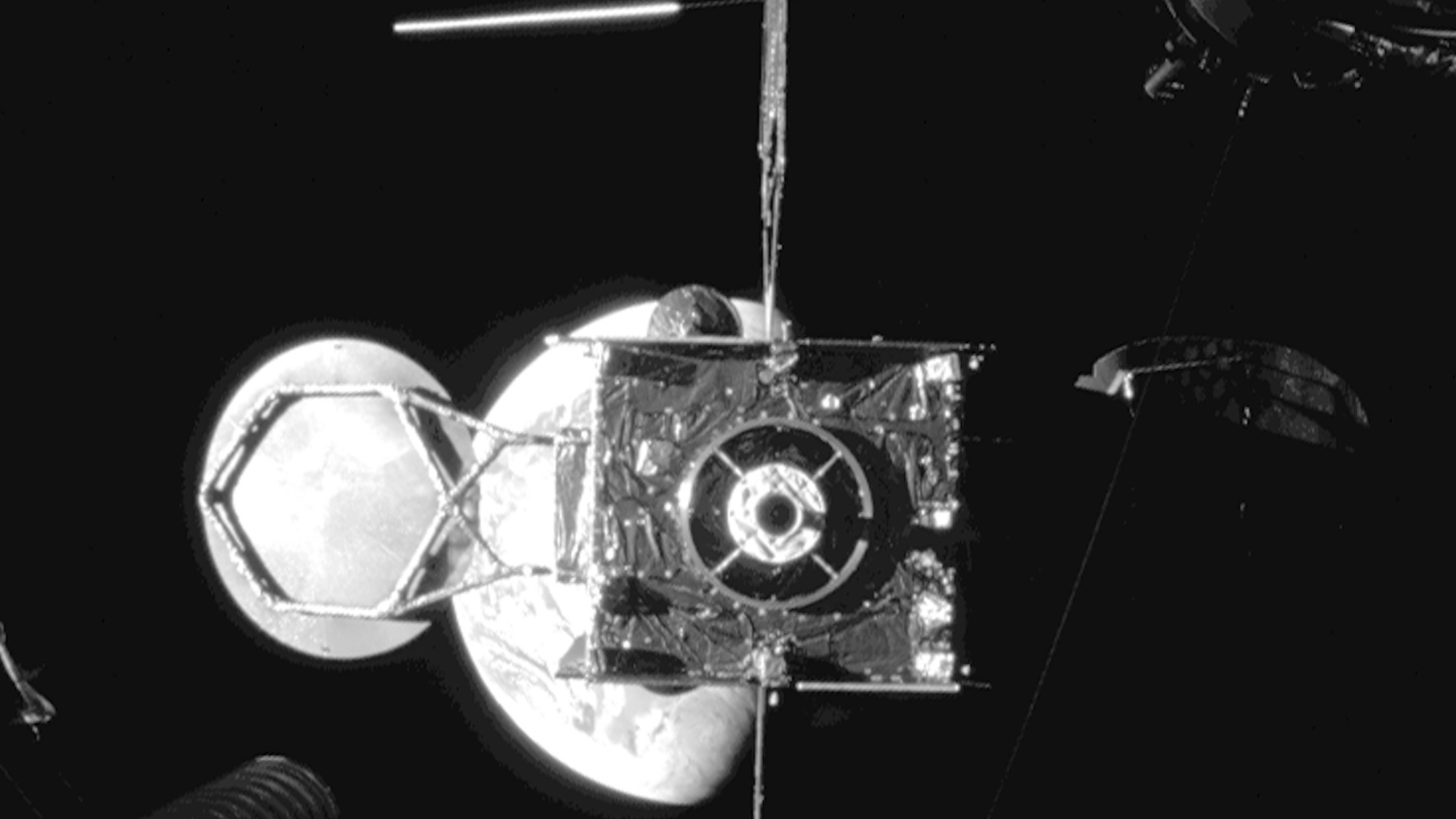Under the moon's surface, magnetized lava may create 'lunar swirls'
The magma seems to create a magnetic spiral that deflects solar wind particles headed for the lunar surface.
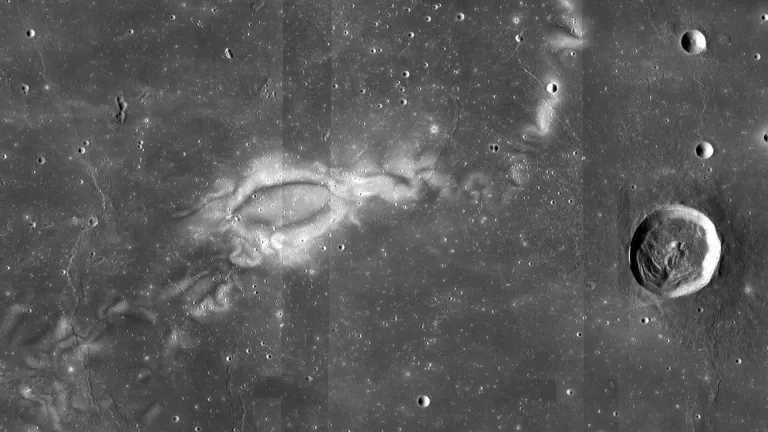
Mysterious swirling patterns seen on the moon's surface may be linked to underground magma activity, a new study suggests.
The "lunar swirls" observed on the moon exhibit a spiral pattern created by magnetized rocks that deflect or redirect solar wind particles that constantly bombard the moon. Moon rocks that fall within the lunar swirls remain light colored, while neighboring rocks that don't — and which were therefore impacted by charged particles from the sun — seem to undergo a chemical reaction that causes them to appear darker, according to a statement from Washington University in St. Louis.
However, given the moon doesn't have a classic magnetic field of its own, researchers had to look for another source that could have magnetized the lunar swirls, which, in some areas, can extend for hundreds of miles, according to images from NASA's Lunar Reconnaissance Orbiter (LRO).
"Impacts could cause these types of magnetic anomalies. But there are some swirls where we're just not sure how an impact could create that shape and that size of thing," Michael J. Krawczynski, co-author of the study and an associate professor of earth, environmental and planetary sciences at Washington University in St. Louis, said in the statement. "Another theory is that you have lavas underground, cooling slowly in a magnetic field and creating the magnetic anomaly."
Related: How the Moon Evolved: A Photo Timeline
"Impacts could cause these types of magnetic anomalies. But there are some swirls where we're just not sure how an impact could create that shape and that size of thing," Michael J. Krawczynski, co-author of the study and an associate professor of earth, environmental and planetary sciences at Washington University in St. Louis, said in the statement. "Another theory is that you have lavas underground, cooling slowly in a magnetic field and creating the magnetic anomaly."
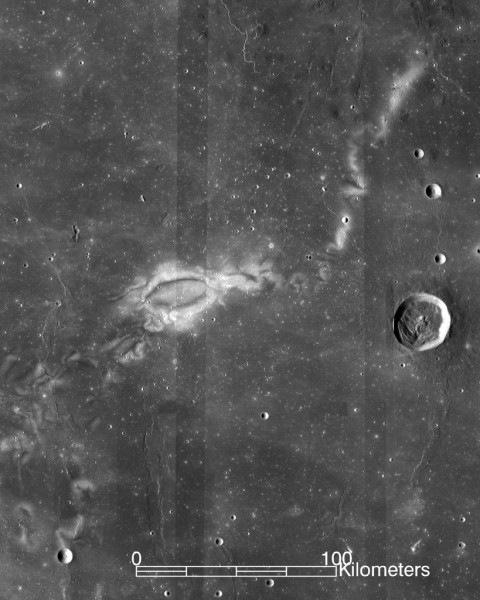
Using a mineral called ilmenite, which is abundant on the moon, the researchers aimed to replicate the magnetizing effect. They studied the reaction between ilmenite and different combinations of atmospheric chemistry and magmatic cooling rates to create particles of iron metal, which can be magnetized.
Get the Space.com Newsletter
Breaking space news, the latest updates on rocket launches, skywatching events and more!
"Our analog experiments showed that at lunar conditions, we could create the magnetizable material that we needed. So, it's plausible that these swirls are caused by subsurface magma," Krawczynski said in the statement, noting that the underground magma needs to have high titanium for the results to hold true. "We have seen hints of this reaction creating iron metal in lunar meteorites and in lunar samples from Apollo. But all of those samples are surface lava flows, and our study shows cooling underground should significantly enhance these metal-forming reactions."
Understanding the origin of lunar swirls offers new clues on the processes that have shaped the lunar surface and the history of the moon’s magnetic field. NASA plans to send a rover to a lunar swirl called Reiner Gamma in 2025 as part of the Lunar Vertex mission, which will allow researchers to investigate these surface features up close.
"If we could just drill down, we could see if this reaction was happening," Krawczynski said in the statement. "That would be great, but it’s not possible yet. Right now, we’re stuck with the surface."
Their findings were published May 20 in the Journal of Geophysical Research: Planets.
Join our Space Forums to keep talking space on the latest missions, night sky and more! And if you have a news tip, correction or comment, let us know at: community@space.com.

Samantha Mathewson joined Space.com as an intern in the summer of 2016. She received a B.A. in Journalism and Environmental Science at the University of New Haven, in Connecticut. Previously, her work has been published in Nature World News. When not writing or reading about science, Samantha enjoys traveling to new places and taking photos! You can follow her on Twitter @Sam_Ashley13.
